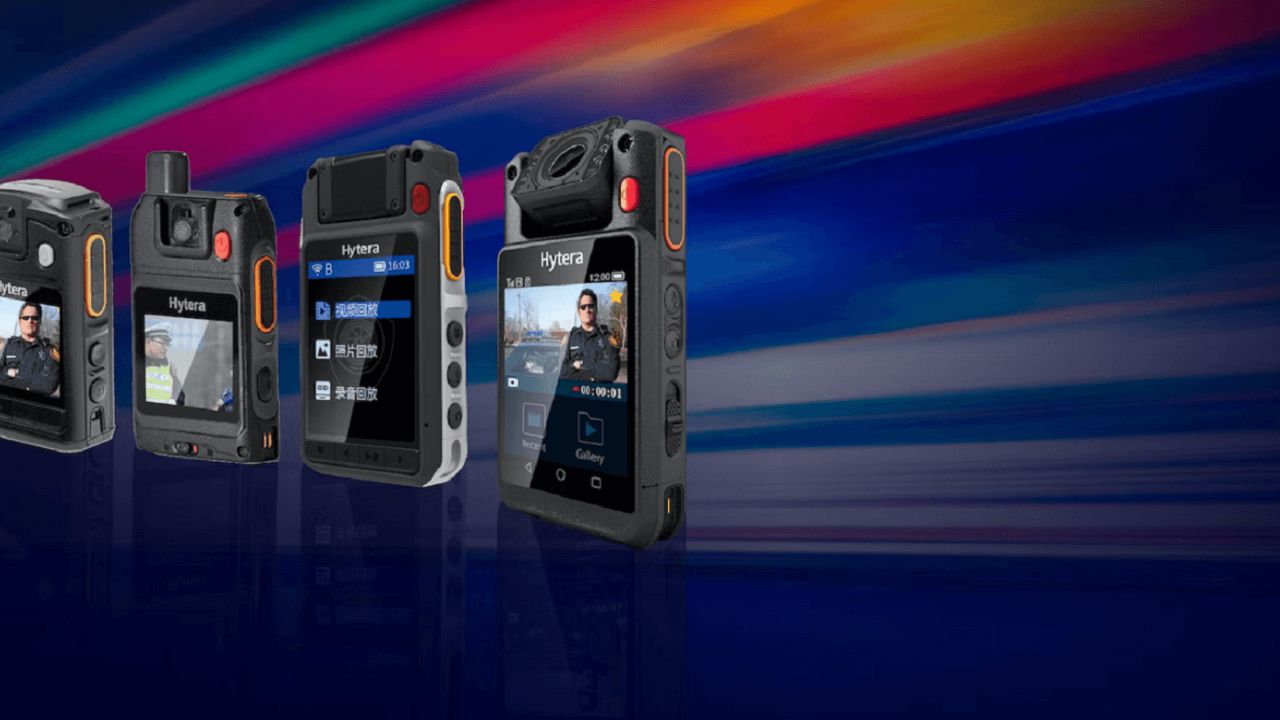Two-way radios are still at the forefront of communication technology, providing dependable and quick communication solutions for a variety of industries. The most recent advancements in two-way radio technology have brought about a new era of seamless communication while enhancing user efficiency and safety.
These gadgets guarantee clear and crisp communication even in difficult environments because of cutting-edge features including longer battery life, increased range, and improved audio quality. The incorporation of digital technology is one of the major advancements; it offers enhanced audio quality and enables safe, encrypted communication, which makes it perfect for sectors where security and privacy are critical.
Additionally, GPS capabilities are added to contemporary two-way radios, allowing for real-time location tracking, improving teamwork, and guaranteeing worker safety, particularly in emergency scenarios. Battery management systems and two way radio improvements have resulted in more efficient power use and a longer device operating life between charges.
Factors Affecting the Charging Time of Two Way Radio
Below are some common factors that affect the charging time of two-way radio:
Battery Capacity and Chemistry
The chemistry and capacity of the battery have a major impact on charging time. Larger-capacity batteries naturally take longer to fully charge. The type of battery chemistry, such as lithium-ion (Li-ion), nickel-metal hydride (Ni-MH), or nickel-cadmium (Ni-Cd), is another consideration. For instance, compared to Ni-Cd batteries that were once in use, Li-ion batteries offer a better energy density and need less time to charge.
Charging Circuit and Voltage
Crucial components are the radio's charging circuitry and the charger's voltage supply. The sophisticated charging circuits included in modern radios control the charging process to guarantee safe and effective charging. Higher output voltage chargers can speed up battery charging—as long as the radio's electronics can manage the increased voltage.
Charger Type
The charging speeds of different chargers differ. Fast chargers drastically shorten battery charging periods by providing a stronger current to the battery. But you must use chargers that are compatible with the model of radio because using a charger that isn't suitable can cause overcharging or shorten battery life.
Battery Health
Batteries' capacity to absorb a charge is impacted by an increase in internal resistance with age. When they are close to full capacity, older or decaying batteries could take longer to charge. It is possible to guarantee quicker and more effective charging by routinely checking the condition of batteries and replacing aging ones.
Temperature
Temperature affects charging time significantly. Extreme heat or cold during battery charging might slow down the chemical reactions occurring inside battery cells. To maximize charging efficiency, it's best to charge two-way radios in a controlled environment.
Depth of Discharge
The amount of discharge a battery undergoes before charging might affect how long it takes to charge. It could take longer to charge fully discharged batteries than partially discharged ones. Overall charging times can be decreased by using partial charges instead of full discharges.
Charging Habits
User behavior has an impact on charging time as well. For example, charging radios right away when the battery is halfway empty, as opposed to waiting until the battery runs entirely flat, cuts down on the total amount of time needed to charge the device. Radios are kept fully charged and operational by following a regular charging schedule.
Quality of Charging Equipment
A key factor is the caliber of the charging apparatus, which includes the cables, connectors, and charging stations. The smooth transfer of power, reduction of charging interruptions, and optimization of charging duration are guaranteed by superior charging apparatus, including pristine connectors and well-maintained cables.
Sum Up
Through the consideration of the aforementioned criteria and the application of best practices, users can effectively improve charging efficiency, guaranteeing that their two-way radios are always prepared for dependable communication. To get the most out of your two-way radio batteries, you should do routine maintenance, keep an eye on their health, and buy high-quality charging equipment.


